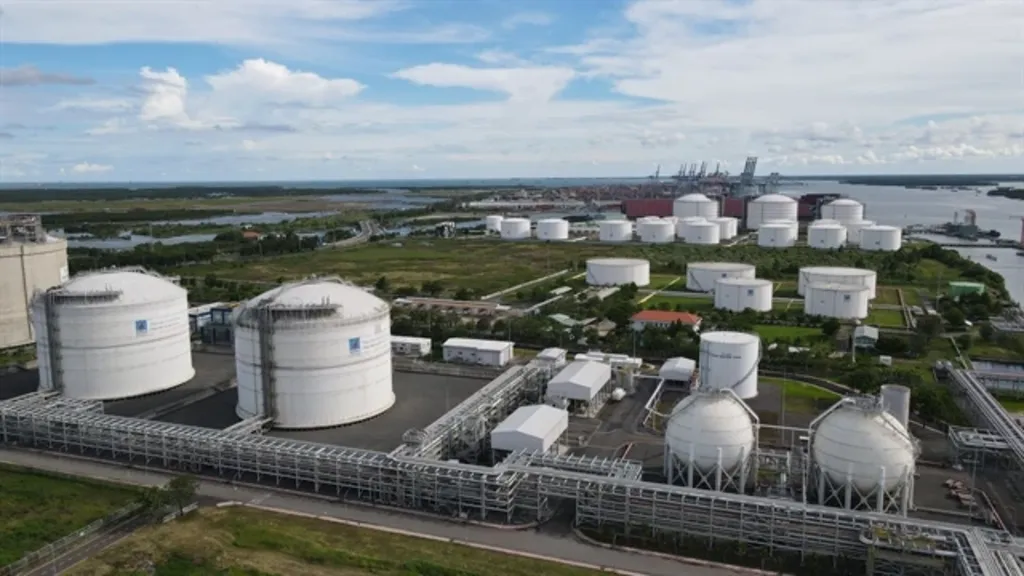 |
| Thi Vai Terminal, an LNG storage facility in Ba Ria-Vung Tau province__Photo: VNA |
Foreign investors are encouraged to invest in developing the oil and gas storage and supply infrastructure system, but are not permitted to engage in the petroleum distribution, import and export.
Such is highlighted in Prime Minister Decision 343/QD-TTg which is effective as of April 25, approving the plan to implement the national master plan on petroleum and gas storage and supply infrastructure for the 2021-30 period, with a vision toward 2050.
Under the Decision, the state budget will allocate funds for public investment in the national storage infrastructure in accordance with the Law on Public Investment.
Meanwhile, investment projects funded by other sources may build oil and gas infrastructure, storage and supply facilities for production, business and commercial activities of enterprises. The Government promote investment in any forms in building national storage warehouses under master plans to achieve national reserve goals.
At the same time, it is crucial to develop centers connected to foreign countries that import crude oil, oil and gas products and natural gas in order to improve the reserve capacity and increase the volume of oil and gas products in the region and around the world.
Regarding the national defense and security and social security assurance, oil and gas storage and supply infrastructure facilities will also be developed in border and remote areas and on islands.
The Ministry of Industry and Trade will be in charge of implementing and supervising the development of petroleum storage systems, and ensuring their construction quality and progress and economic efficiency.
Besides, it will have to coordinate with localities in working out plans to develop petroleum storage and supply infrastructure systems with a capacity of under 5,000 cubic meter in line with relevant national master plans.
Localities will have to work out roadmaps for development of modern and large-scale petroleum stations along new roads and in urban areas in replacement of existing small-scale and ineffective petrol stations.-
Ngọc Thủy









